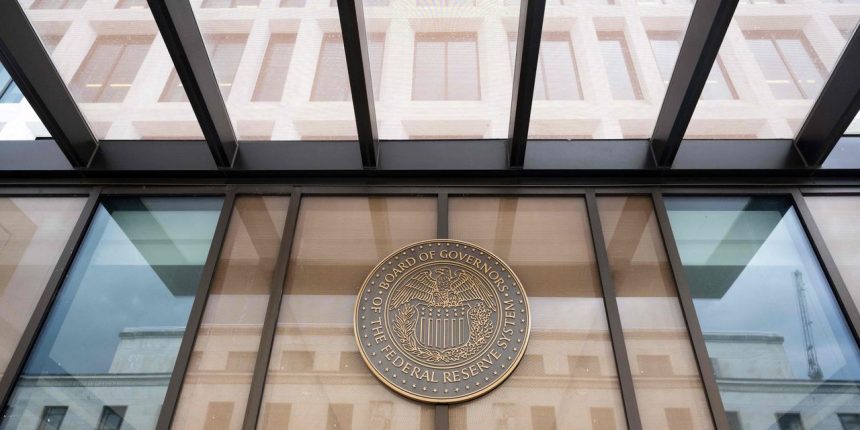Friday’s monthly jobs report for August points to a further cooling in the labor market, a welcome sign for markets and the Federal Reserve’s inflation fight.
But Peter Corey, co-founder and chief market strategist at Pave Finance, still sees two worrying signs in the report, and he isn’t totally convinced the Fed is done yet with its historic stretch of rate hikes.
“I try to look at the data, to know what will move the market,” Corey, a former macro trader at Steve Cohen’s SAC Capital, told MarketWatch on Friday. “My view is that this jobs number was much stronger than what people are looking at.”
While he’s focused on 187,000 new jobs in August coming in higher than expected, a more crucial factor for him might be the average workweek edging up to 34.4 hours, while employment for temporary workers fell.
Corey said a continuation of the trend would be important because it could put upward pressure on wages, with full-time staff likely picking up the slack. “If average earnings rise, that could scare the Fed into tightening,” Corey told MarketWatch on Friday.
His second area of focus was the unemployment bumping up to a 3.8% rate in August, which according to the Fed’s “Sahm Rule” could signal a looming an economic recession. The rule broadly says that if the 3-month rolling average for the unemployment rate increases by a half percentage point from the low of the year before, that the U.S. has entered a recession, or is on the cusp of a contraction.
As of August, the 3-month rolling average was 3.6%. The rule would be triggered if the current unemployment rate holds for two more months, Corey said.
Claudia Sahm, the former Fed economist who gave her name to the Sahm Rule recession indicator told MarketWatch in December that her base case was for the U.S. would avoid a recession. Importantly, she also was thinking the Fed should stop short of raising its benchmark rate above 5%, which it didn’t.
The Federal Reserve raised rates in July to a 22-year high in a range of 5.25%-5.5%, and has left the door open to potentially other rate hikes this year to keep inflation in check.
See: Unemployment surge to 3.8% may be a summer-jobs mirage
Corey also thinks too little attention was on the part of Chairman Jerome Powell’s late August Jackson Hole speech where he said, “inflation has become more responsive to labor market tightness” than in recent decades. “They are hyper focused on the labor market,” he said.
Pave Financial offers a consumer and professional product that lets individuals “invest in stocks like the 0.1%” through an app. It’s powered by algorithm hat optimizes investor portfolios based on their current holdings and preferences.
U.S. stocks ended Friday mostly higher, while booking strong weekly gains. The S&P 500
SPX
was up 17.6% on the year, while the Dow Jones Industrial
DJIA
was 5.1% higher and the Nasdaq Composite Index
COMP
advanced 34.1% so far in 2023, after booking its best eight months before Labor Day since 2003.
Read: This hadn’t happened on the U.S. Treasury market in 250 years. Now it has
Read the full article here




